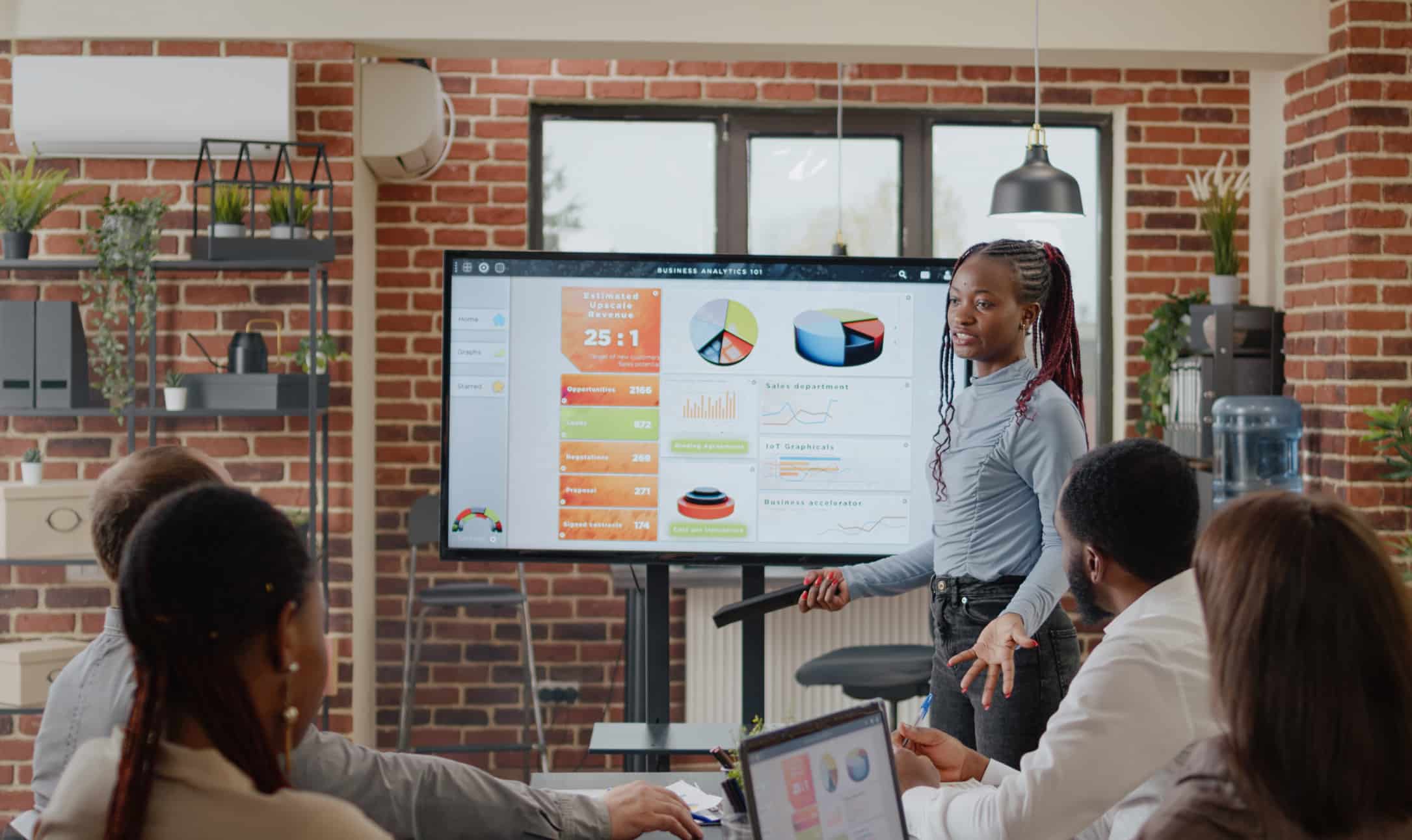It was technology that kept us going when the world was shaken during the pandemic. We know how difficult it was for companies to motivate their employees to work under such circumstances, but HR technology solutions made it possible.
As per the recent survey, only 36% of employees are effectively engaged in the company, whereas the remaining are either facing miserable work experiences or looking for a job change. This clearly shows why companies need to focus on employee engagement.
You can increase employee engagement by providing training to employees, listening to them, giving them attention, recognizing them, or empowering them with the right tools. In this article, we are going to specifically focus on the technology part and discuss ways to boost employee engagement using technology and various tools.
But before moving ahead, let’s take a look at what exactly employee engagement is.










